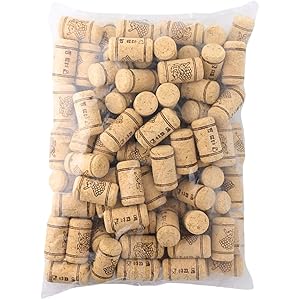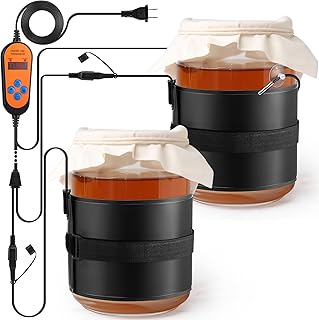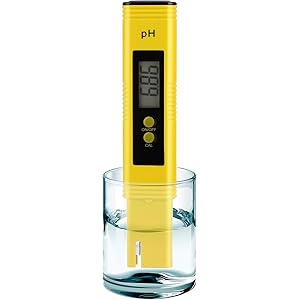Understanding Alcohol Content in Craft Beer
Craft beer is often celebrated for its unique flavors and brewing techniques, but one question that frequently arises is whether craft beer has more alcohol than traditional beers. The alcohol content in beer is measured in terms of Alcohol by Volume (ABV), which indicates the percentage of alcohol present in the beverage. Generally, craft beers tend to have a higher ABV compared to mass-produced beers, but this can vary widely depending on the style and brewing process.
Average Alcohol Content in Craft Beer
On average, craft beers typically range from 4% to 8% ABV, although some styles can exceed 10% ABV. For instance, IPAs (India Pale Ales) and stouts often have higher alcohol levels due to the use of more malt and hops during brewing. In contrast, lighter beers like lagers and wheat beers usually have lower ABV, often around 4% to 5%. This variance is essential for consumers to understand when selecting a craft beer that suits their preferences.
Factors Influencing Alcohol Levels
Several factors influence the alcohol content in craft beer. The type of ingredients used, the fermentation process, and the brewing techniques all play significant roles. For example, brewers may choose to add extra sugars or malt, which can increase the fermentation potential and, consequently, the alcohol content. Additionally, the yeast strain used can also affect how much alcohol is produced during fermentation.
Comparing Craft Beer to Commercial Beer
When comparing craft beer to commercial beer, it’s essential to note that many mass-produced beers have a lower ABV, typically around 4% to 5%. This lower alcohol content is often a result of the brewing methods and ingredient choices aimed at producing a light, easy-drinking beer. Craft breweries, on the other hand, often experiment with various styles and ingredients, leading to a broader range of alcohol levels.
Get more content like this!
Sign up to receive updates and new terms first hand.
Popular Craft Beer Styles with High Alcohol Content
Certain craft beer styles are renowned for their elevated alcohol content. Barleywines, Imperial Stouts, and Double IPAs are prime examples, often boasting ABVs that can reach 10% or higher. These styles are crafted to deliver robust flavors and a warming sensation, making them popular choices for those seeking a stronger beer experience.
Alcohol Content and Flavor Profile
The relationship between alcohol content and flavor profile in craft beer is intricate. Higher alcohol levels can contribute to a fuller body and richer mouthfeel, enhancing the overall tasting experience. However, brewers must balance the alcohol content with the beer’s flavor to avoid overwhelming the palate. This balance is a hallmark of skilled craft brewing.
Consumer Preferences and Alcohol Levels
Consumer preferences play a significant role in the popularity of craft beers with varying alcohol levels. Some beer enthusiasts gravitate towards higher ABV options for their bold flavors and complexity, while others prefer lower ABV beers for their drinkability. Understanding these preferences helps craft breweries tailor their offerings to meet the demands of their target audience.
The Role of Regulations in Alcohol Content
Regulations surrounding alcohol content can also impact the craft beer market. In many regions, breweries must adhere to specific guidelines regarding labeling and alcohol content disclosure. This transparency allows consumers to make informed choices about the beers they consume, ensuring they are aware of the alcohol levels in their favorite craft brews.
Conclusion: The Craft Beer Landscape
In summary, the question of whether craft beer has more alcohol is nuanced and depends on various factors, including style, ingredients, and brewing techniques. While many craft beers do feature higher alcohol content compared to traditional beers, there is a vast array of options available to suit every preference. As the craft beer landscape continues to evolve, consumers can expect to discover new and exciting brews with diverse alcohol levels.




